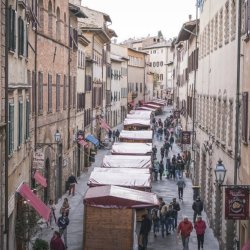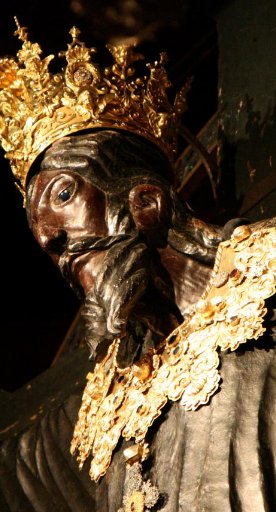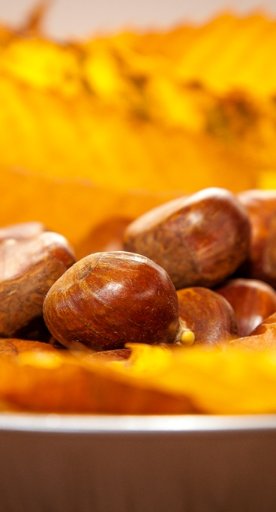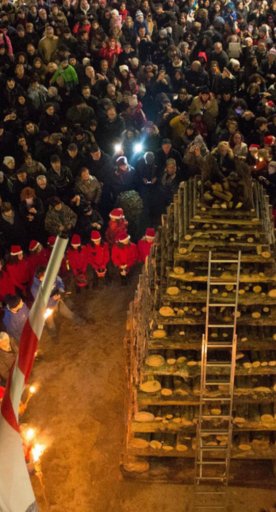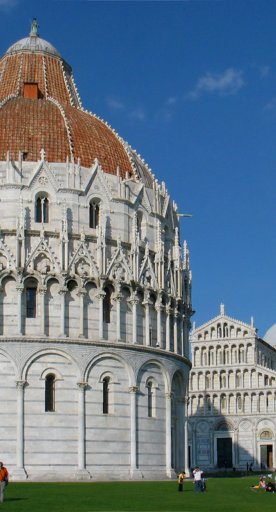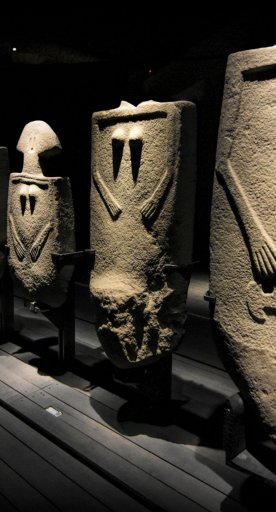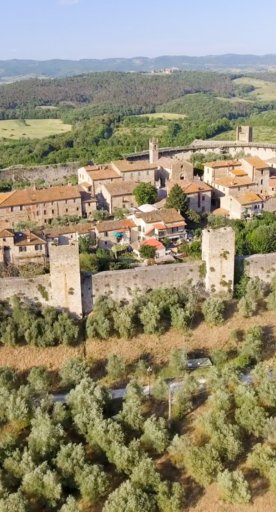

A trip through Devil's Valley
Touring Larderello, a geologically active area in the Pomarance district

The Romans used its sulphur springs for bathing and during the 18th and 19th century, they were exploited to extract boric acid. The region was the site of a pioneering experiment in geothermal energy production in 1904, when five light bulbs were lit by electricity produced through steam emerging from vents in the ground - the first ever practical demonstration of geothermal power. In 1911, the world's first geothermal power plant was built in the Valle del Diavolo ("Devil's Valley"), named for the boiling water that rises there.
Its geology makes it uniquely conducive to geothermal power production, with hot granite rocks lying unusually close to the surface, producing steam as hot as 220C (396F). Visitors can visit the Larderello Geothermics Museum, founded by Larderello Spa in the late 1950s. The museum includes the history of geothermal energy, from research to drilling, to the various systems for using geothermal fluid for the generation of electricity, thermal power and mechanical power. Original models and equipment also depict the history of drilling.
Pomarance

Lardello is a district of Pomarance, a hilltop medieval village situated between Volterra and Massa Marittima, in the heart of the Val di Cecina. Pomarance has been transformed from a medieval village into a modern little town thanks to the harnessing of geothermic activity. Among the attractions is the Rocca Sillana fortification, dating back to the twelfth century and set on a hill to dominate the surrounding area. The building was later annexed to the church of San Bartolomeo.
Also St. John the Baptist Church is worth a visit. Built on an Etruscan necropolis, it features a three-nave interior which is decorated with works of the nineteenth century. But the main religious architecture of the town is the Church of the Blessed Virgin Mary from the second half of the last century. Those who are interested in folklore shouldn’t miss the “Palio delle Contrade” which takes place once a year on the second Sunday of September.






